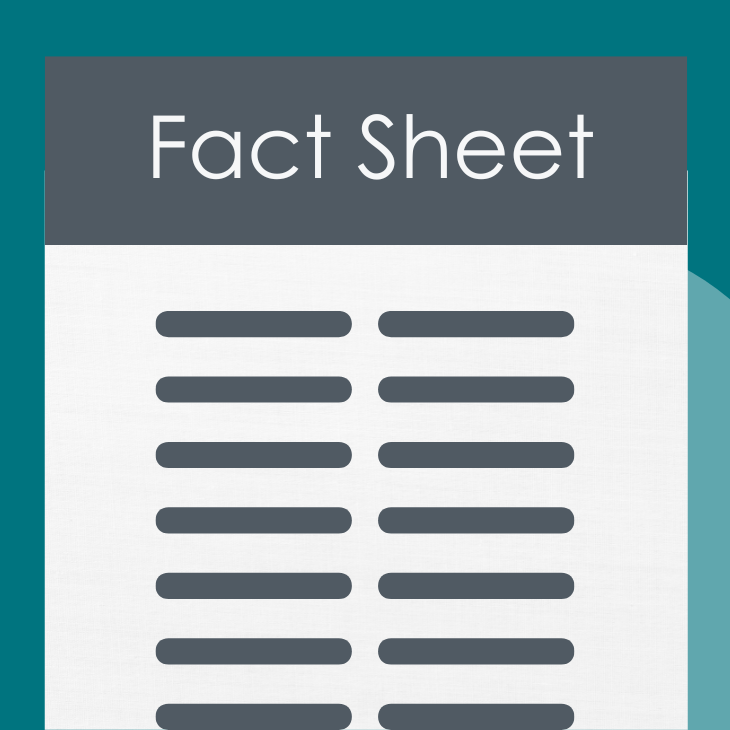
Osteoporosis
Created 2021/Updated 2023
Strategies for Healthy Bones
What are osteoporosis and osteopenia?
Osteoporosis and osteopenia are conditions of having low bone mass (density). This leads to weakening of the bones and a higher risk of breaking a bone (fracture). Osteoporosis is diagnosed when a person’s bone mineral density measurement falls below a certain threshold. When bone mass is lower than average but not as low as with osteoporosis, a person is said to be osteopenic. People with osteopenia also have a higher chance of fracture, but not as high as with osteoporosis. Untreated osteopenia can worsen to osteoporosis.
Are there more common kinds of fractures with osteoporosis?
The most common places for osteoporosis-related fractures are the hip, spine, and wrist. Spine fractures, in particular, can happen without trauma. Common symptoms are loss of height and back pain. Hip fractures are a serious complication of osteoporosis because they often require surgery. They usually require hospital care and lead to a loss of independence and mobility unless rehabilitation services are provided.
How is osteoporosis usually found?
Because osteoporosis can affect all bones in the body, a low-impact fracture of the wrist or ankle may raise suspicion of the condition. Also, some risk factors make a person more likely to develop osteoporosis. Testing for these people is very important.
Who is at risk for osteoporosis?
- Age >65 years
- History of fracture as an adult
- Family history of osteoporosis or adult fracture (particularly of hip fracture in either parent)
- Low body weight (body mass index [BMI] less than 22 kg/m2)
- Current smoking
- Prolonged use of certain medications such as corticosteroids, antiseizure medicines, some types of birth control, or chemotherapy
- Early menopause (before age 45)
- Excess alcohol intake (more than 2 drinks per day)
- Chronic medical conditions such as: malabsorption syndromes, inflammatory bowel disease, chronic liver or kidney disease, and gastric bypass.
How can I find out if I have osteoporosis?
Bone density measurements are usually taken using dual-energy x-ray absorptiometry (DXA scan). Bone mineral density (BMD) can be measured at the hip, wrist, and spine. A person’s BMD is compared with the average peak bone mass for healthy young adults of the same age (T-score). A T-score of –1.0 or higher is considered normal bone density. A T-score between –1.0 and –2.5 is considered osteopenia. Osteoporosis is diagnosed with a T-score less than –2.5.

How can I prevent it?
Your bone health depends on two types of factors: those you can control and those you can’t. Examples of factors you can change include your diet, your exercise regimen, medications or supplements you can take, and consumption of alcohol and tobacco products. Examples of factors you can’t control include your genetics, your age, and your age at menopause. Every woman over age 50 should take steps to maintain bone health and prevent or slow the onset of osteoporosis and can do so in the following ways
- Eating healthy foods rich in calcium and vitamin D or taking a daily calcium supplement to boost bone health.
- Exercise and weight-bearing activities (such as walking and lifting weights) directly improve bone quality. They also improve balance, which can reduce the risk for falls and, in turn, can lower the risk of fracture. As little as 30 minutes of exercise 3 times per week is associated with reduced risk of fracture
- Cessation of smoking is recommended as cigarettes can accelerate bone density loss. Several hormonal and non-hormonal treatments are available to prevent osteopenia from worsening to osteoporosis by inhibiting bone resorption. These medicines include estrogens, estrogen-like agents called “selective estrogen receptor modulators” (SERMs), a combination of estrogen and SERMs, as well as a class of medications called bisphosphonates.
- People should discuss their individual risk factors, the need to check blood vitamin D levels, and the need for BMD scans with their healthcare provider. This is particularly true if you have previously broken a bone, and/or if anyone in your family was diagnosed with osteoporosis, osteopenia, or had a hip fracture.
What is the treatment for osteoporosis?
In addition to both calcium and vitamin D supplementation, and a regular exercise program that includes weight-bearing exercise, prescription medications can be prescribed to treat osteoporosis and help lower the risk for fracture. For instance, bisphosphonates can lower the risk of osteoporosis-related fractures in women after menopause. Hormone therapy for postmenopausal women has been shown to lower fracture risk and is effective in preventing osteopenia from worsening to osteoporosis. However, it is generally not the first choice of therapy for postmenopausal women who already have osteoporosis. The choice of medication depends on many factors. Talk with your doctor about the right one for you. Women who take medication for osteoporosis should have a DXA scan after 1-2 years of treatment to see if the medication is helping.
Who should be treated for osteoporosis?
The decision about who needs medical treatment is based on each person’s fracture risk assessment. According to the National Osteoporosis Foundation, treatment should be offered to women with one of the following:
- A hip or spine fracture
- T-score less than –2.5 at the femoral neck or spine
- Low bone mass (T-score between –1.0 and –2.5 at the femoral neck or spine) AND a high risk for fracture in the next 10 years based on the individual’s medical and family history
Summary of recommendations:
- Total daily dietary intake of 1200 mg calcium (through a combination of diet and supplement) and 800 IU vitamin D
- Regular, weight-bearing exercise
- Screening for osteoporosis via DXA scan in biological women at risk
- Lifestyle modification and medication for biological women with osteoporosis who had a fracture or are at high risk for fracture
- Avoid use of tobacco and excess alcohol
Fact Sheets/Booklets
View more fact sheets and booklets written by the ASRM Patient Education Committee.
Menopausal Transition (Perimenopause): What Is It?
The menopausal transition (perimenopause) is the period that links a woman’s reproductive (childbearing) years and menopause.
Osteoporosis
Osteoporosis and osteopenia are conditions of having low bone mass (density).
Hyperprolactinemia (High Prolactin Levels)
Prolactin is a hormone produced by your pituitary gland which sits at the bottom of the brain.Menopause
Find a Health Professional











